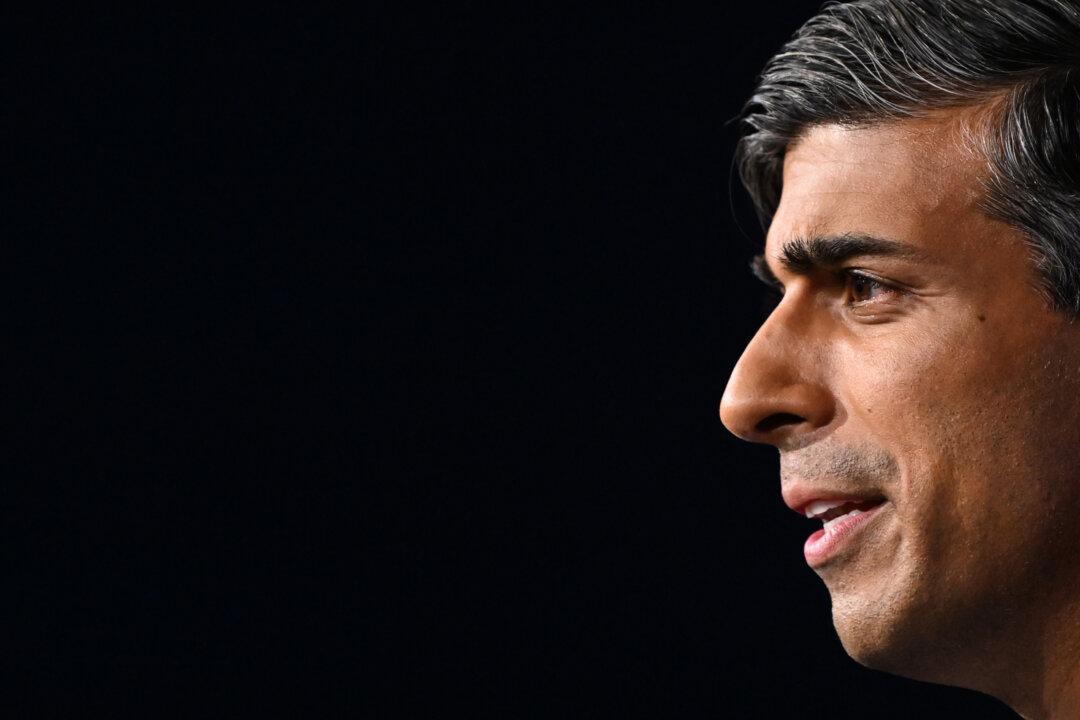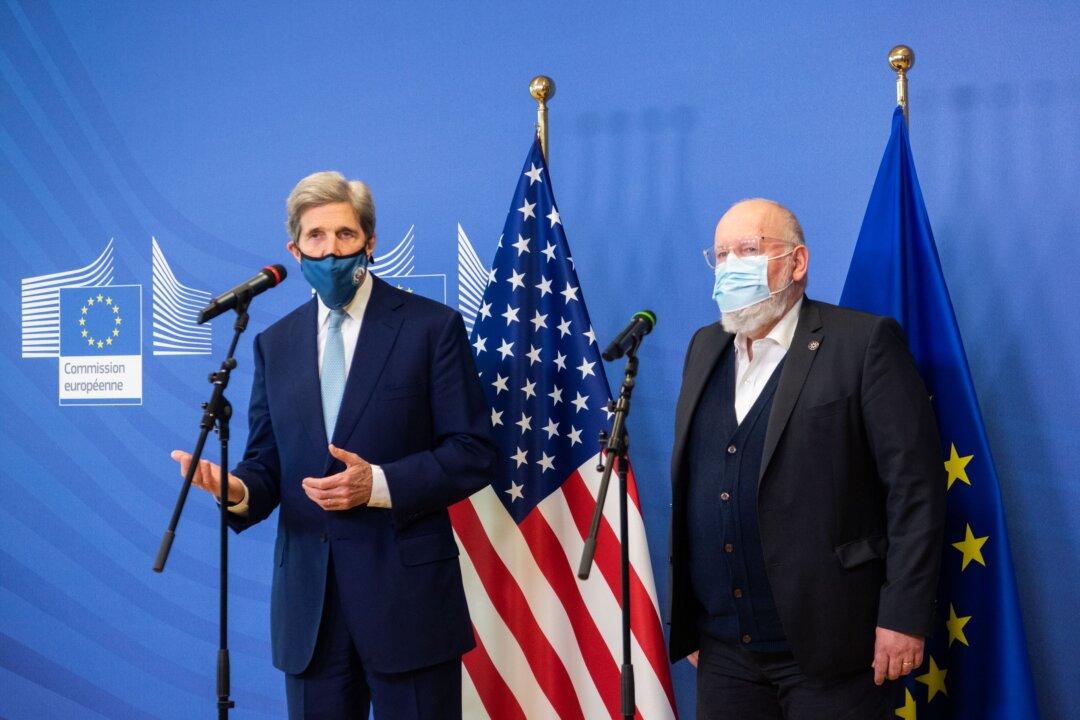ESG investment strategies can see investors giving up financial returns for no societal gain. In the second of his four part review of Terrence Keeley’s Sustainable, Rupert Darwall explores the implications of investment theory for ESG artificially constraining investment opportunities; the risks of regulators worsening an already inflated ESG bubble; and the distortions that arise from the widespread adoption of sustainability as an investment concept lacking an objective definition.
Terrence Keeley’s burial of ESG commences with an acknowledgment of sin. Specifically: contrary to the ESG investment postulate that shunning so-called sin stocks is good for society and boosts investor returns, sin stock exclusion does neither. “Social activists seem impervious to one common-sense principle of finance: adequate funding is invariably found when the underlying commercial activity it supports is broadly legal and generates acceptable returns.” Academic studies evaluating investor returns show that it is often better to be “bad” than “good,” and sin shares have historically outperformed the broader market, their higher dividends benefiting investors who chose not to divest.





